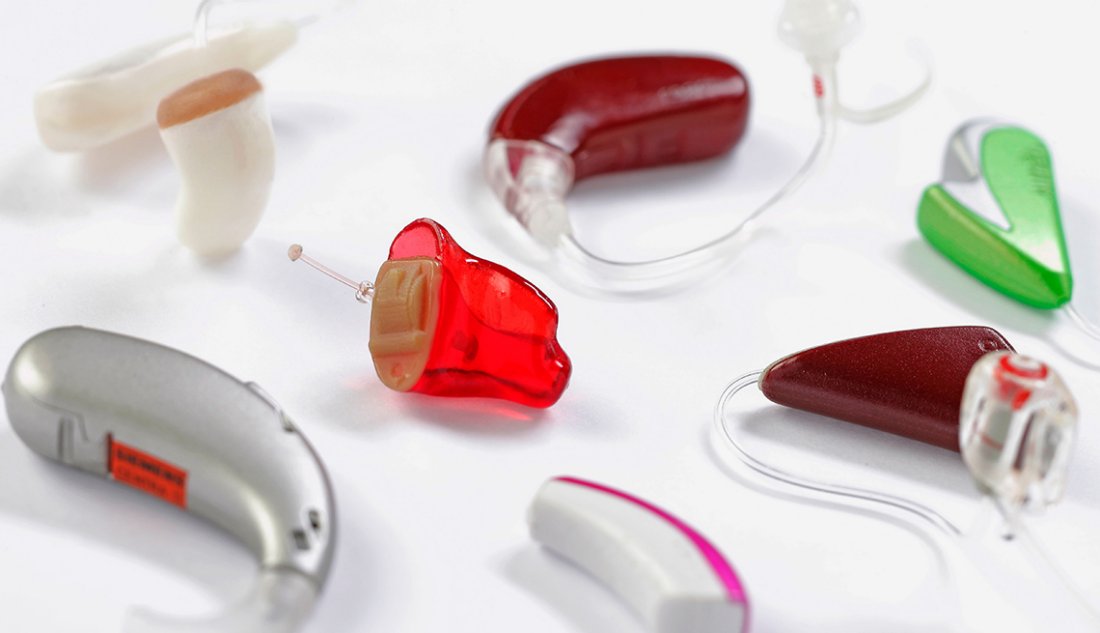When the microprocessor was developed in the 1970s, miniaturization could be required to a whole new level. Fifty years from now, that understands what listening device will certainly resemble, or indeed, if we will certainly even be making use of listening device after that due to breakthroughs in hair cell regeneration as well as other medical developments. It may be that already listening to aids will be extinct and also the only areas you will see them will be in galleries such as The Listening Device Gallery.
On top of that, their reduced cost as well as sleeker, extra modern designs are a big pull for many. Together with these advances, the emergence of brand-new choices such as listening to amplifiers andPSAPs use to the consumer an also bigger series of hearing tool alternatives with various capabilities. Although ear heralds might have looked cosmetically remarkable, there was an https://webhitlist.com/profiles/blogs/unitron-review indisputable need to relocate away from these passive amplification cones.
- What this implied in real terms is that loud noises could be enhanced by a little, as well as quieter sounds by a lot; no longer would certainly there be plain straight boosting of every sound.
- In time, these pet horns were replaced with metal trumpets.
- Bell had developed an innovation that could regulate the distortion, volume and also regularity of the noise.
- The microprocessor took miniaturization to a brand-new degree and also the compression introduced the use of electronic innovation.

Frederick C. Rein is credited with establishing the earliest manufacturing firm to primarily make listening devices. Rein was generating hearing aids in London, England as very early as 1796. Rein was commissioned to develop an unique acoustic chair for the ailing King of Portugal, John VI of Portugal in 1819. The throne was developed with ornately sculpted arms that looked like the open mouths of lions.
Subscribe To Obtain Groundbreaking Hearing As Well As Balance Study Updates
With the use of contemporary listening device, lots of people have the ability to experience the globe around them instead of residing in silence as well as complication. Concerning 3 weeks later, in January 1953, Maico released their Model "O" (Fig. 22), the initial all-transistor listening devices in the world. By the end of 1954, all hearing help were transistorized, and vacuum-tube hearing help disappeared.
Listening To Aid History: From Ear Trumpets To Electronic Innovation
Remarkably, bone transmission listening device created in parallel with air conduction aids such as ear heralds and conversation tubes. For example, among the earliest "contemporary" hearing aids was just holding a spear or rod in your teeth and touching the end to something solid as well as hearing via bone conduction. It went to the beginning of the 1920s when it was discovered there needed to be enhancements to hearing help, specifically the flow of electricity. Vacuum tubes were presented as well as achieved this objective to the point of boosting the decibel degree to 70.

Marconi in England and Western Electric in the US started marketing vacuum cleaner tube listening devices in 1923. In the 18th century, we started to create even more contemporary listening device, much more according to the ones we know with today. While they really did not amplify noise, they did aid to accumulate as well as funnel audios right into the ear's slim tube. While they can assist to some extent, these very early tools were how to use cerustop wax guards large, troublesome as well as not Helpful site the most reliable methods of helping those with hearing troubles. The digital chip, described as the Zeta Noise Blocker, routinely changed the gain in the frequency channels to help manage high degrees of sound. The chip was integrated in a variety of listening device in the 1980s.